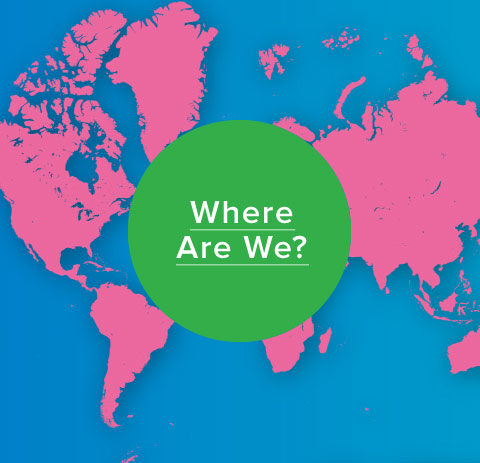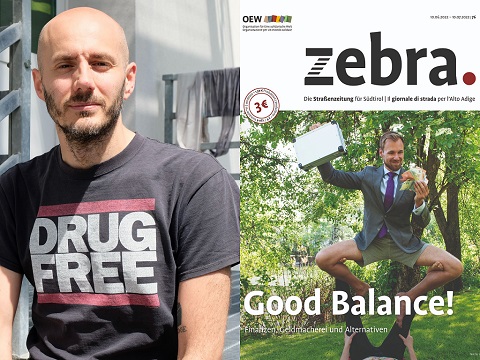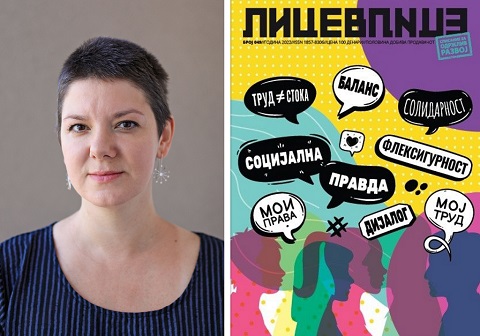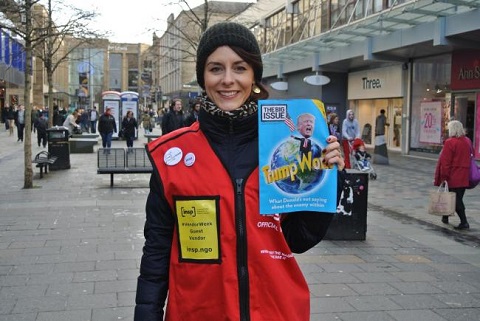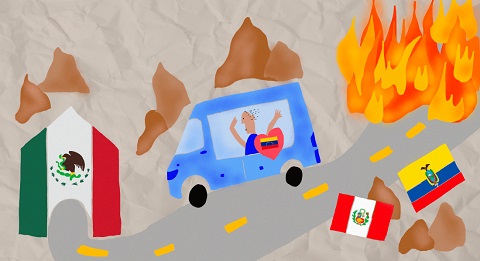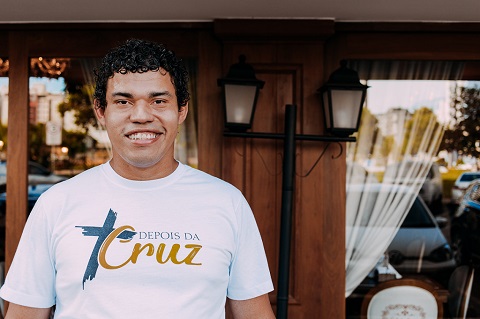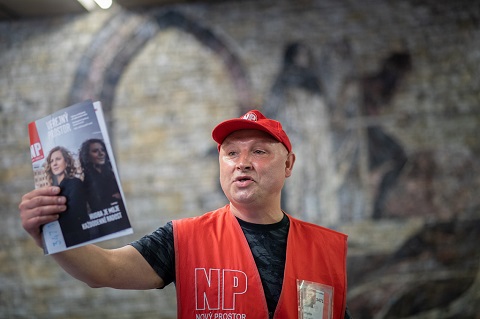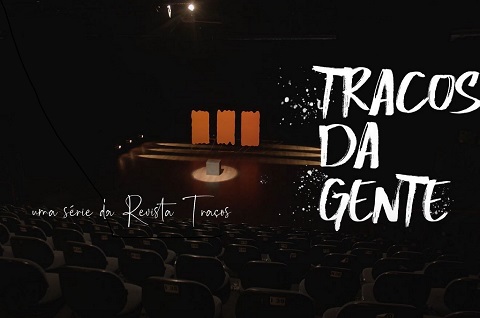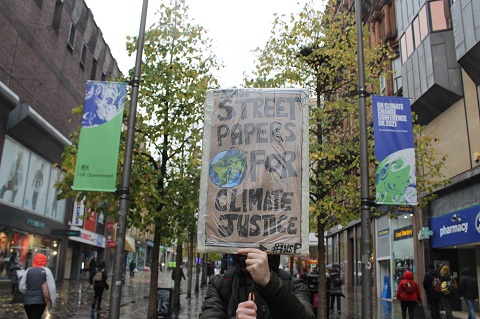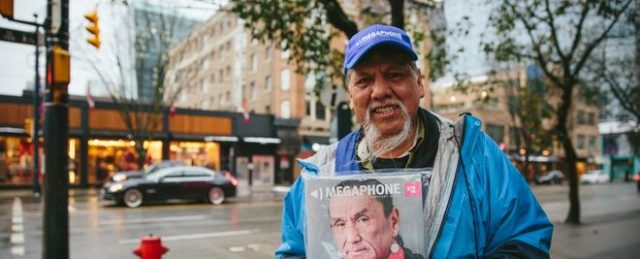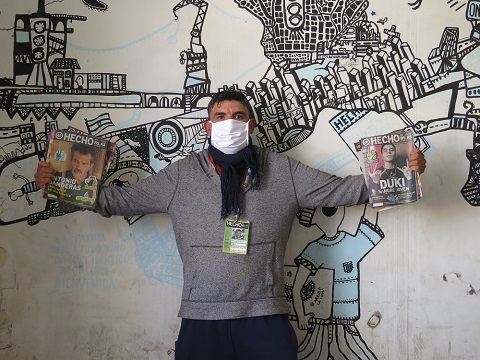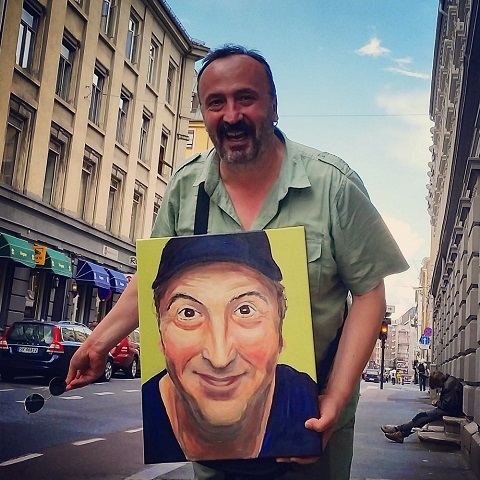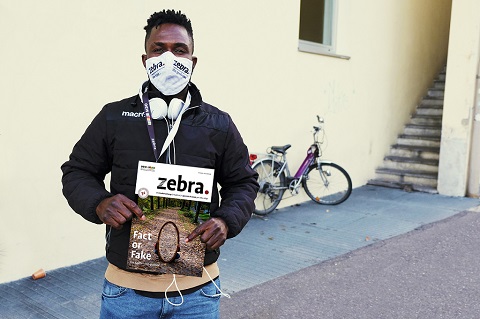Street papers have been present in Latin America for over 20 years, representing the diversity and scale of the street paper network. With active publications located in Brazil, Argentina, Mexico and Colombia, and with others present, at one time or another over INSP’s existence, in Uruguay and Peru, the ethos and mission of street papers to empower those who are experiencing homelessness, poverty and social exclusion is alive. Here, papers across the region tell us in their own words about their work, and what drives their existence.
Mi Valedor, Mexico City, Mexico
“Mi Valedor is a social project that –through a bimonthly magazine, workshops and the construction of healthy support networks – provides an opportunity to vulnerable groups, like those who are homeless, migrants, older adults and people with disabilities, for social and labour reintegration,” says the organisation’s director Arturo Soto.
“Those who sell the magazine are homeless people or low-income people looking for an opportunity to get ahead. These people face different problems such as discrimination on the streets, including economic problems. The main one we deal with is exclusion from society.”
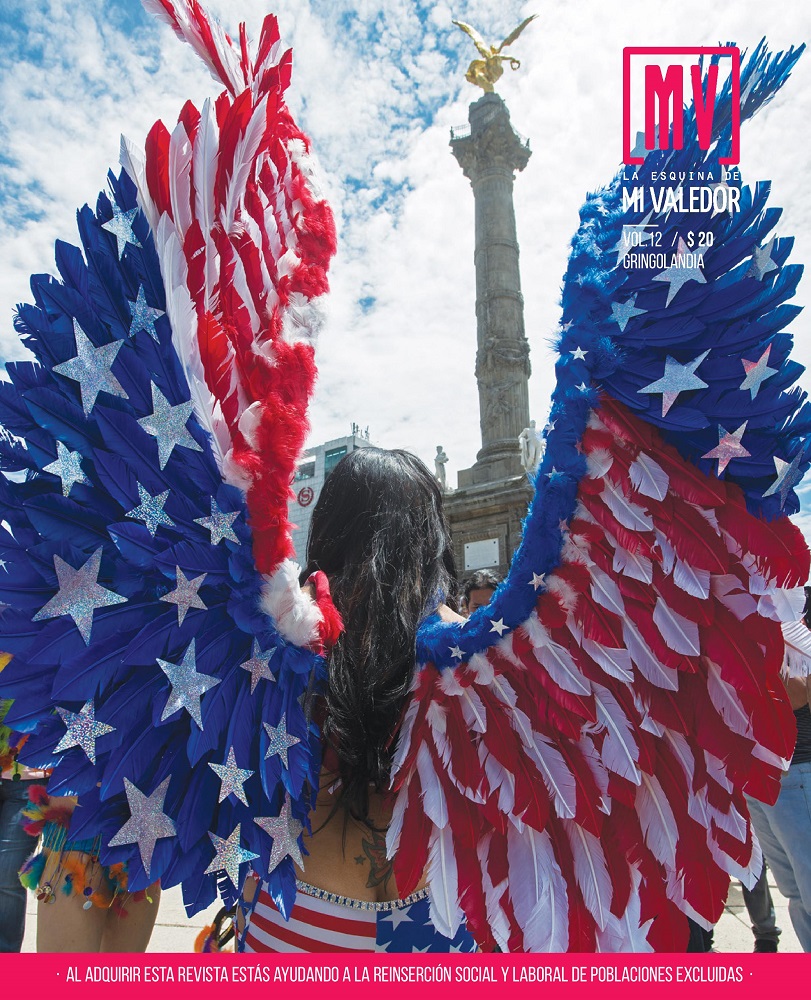
The magazine’s pages are “dedicated to documenting the wonder of a beautifully alive Mexico City, a place that is full of contradictions.”
Soto continues: “At Mi Valedor, we seek to create an environment of equality that benefits vulnerable populations, who join the project as supporters: sellers of the printed magazine and as content creators for it. Your participation continues your skill recovery process, and the sale is your legitimate and ongoing source of income.”
Revista Traços, Brasília, Brazil
“Traços has been circulating for seven years spreading information and news about artistic and cultural initiatives in the city of Brasília,” says Juliana Valentim, the street paper’s editor-in-chief. Traços is one of the newest members of INSP’s network, joining last year.
“The outlet is known as a reference for artists and promoters of culture,” adds Valentim. “In addition, we are a social project that works for the reintegration of homeless and vulnerable people into the field of work. From the sale of the magazine in places with large footfall (such as bars, restaurants and cultural spaces), the sellers – referred to by us as “cultural spokespeople” – manage to overcome a situation of extreme poverty, and pay for basic expenses such as housing, food and health.”
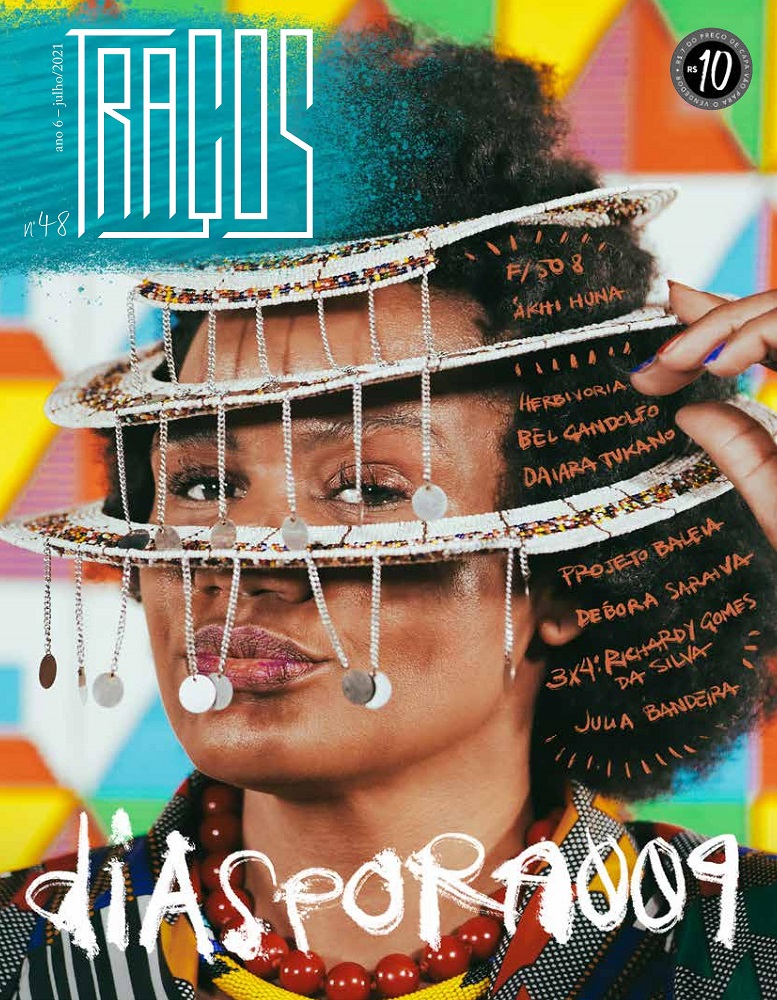
These “spokespeople for culture” come from different background. “They are people living on the streets or with a history of homelessness or extreme vulnerability, of all genders, ethnic origins and age over 18. They are linked to one or more institutions in our partners’ network, which may be social assistance, education, health, culture or public security.”
The award-winning magazine, which has recently also started operations in Rio de Janeiro, “addresses cultural diversity as its main theme and promotes a timely intervention in the field of social policies, considering the potential of culture to promote substantial social and economic changes. Traços offers information on cultural programming, interviews with local and national artists, as well as material on records, books, exhibitions, plays, films, and photography. Recently, the effects of tourism has been a key subject.”
Aurora da Rua, Salvador, Brazil
Aurora da Rua, a street paper based out of the city of Salvador in the Brazilian region of Bahia, has been running for 15 years, having been established in 2007. Originally published on newsprint, it later became a magazine in 2018, and is published bi-monthly by a team of volunteers.
“The salespeople are the most important though, more than the product,” says the street paper’s founder and director Henrique Guyader.
“Our themes always have to do with homeless people: their beauties, their challenges, their joys and pains, their achievements, their dreams. They make the voices and faces of an invisible people audible and visible. In 15 years publishing, we have gathered a unique collection of topics about homeless people,” he says enthusiastically about the magazine’s editorial outlook.
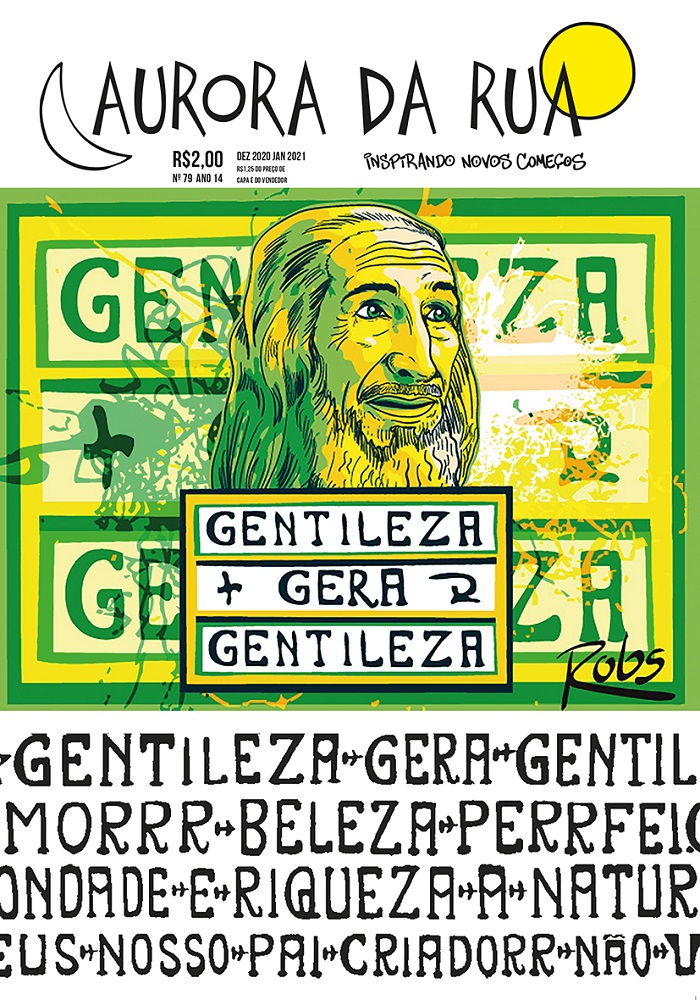
“Our vendors are all from the street or have passed through the streets. Over the course of 15 years, more than 350 homeless people have benefited from the paper in various ways, not just through income generation: gaining self-esteem, work training, autonomy, confidence, medical and psychological assessments. We have a code of conduct that was prepared by the first salespeople, is updated each year by themselves, and is published in the magazine, alongside a profile of a vendor in each edition.
“Many pass through the magazine and go on to new paths afterwards. It’s as if the magazine was their first step towards insertion in wider society, in work, getting them back with the family.
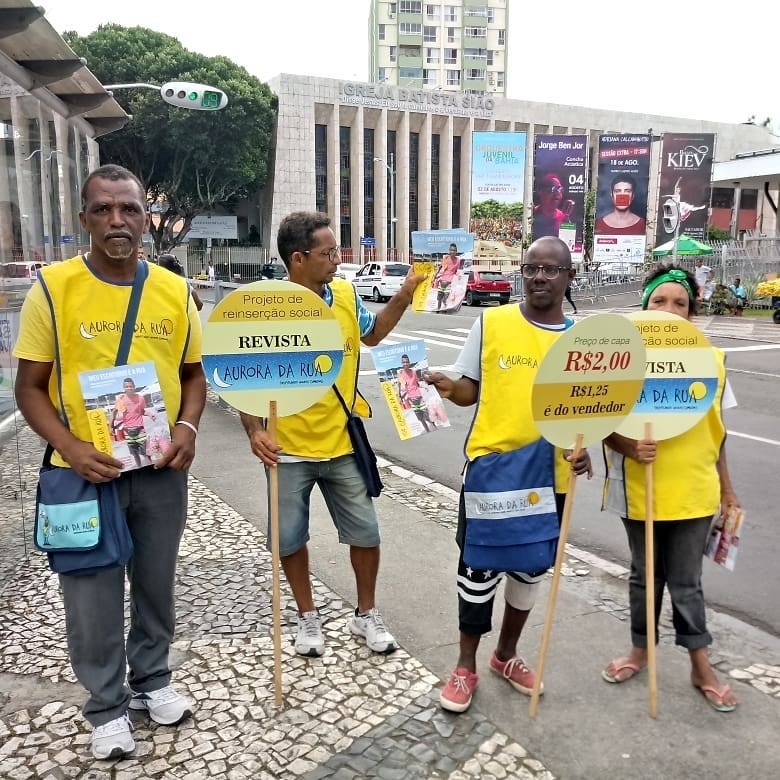
“A great difficulty we encounter is chemical dependence. For this, our salespeople have the full support of the community of the magazine, with medical, psychiatric, and psychological care. Narcotics Anonymous and Alcoholics Anonymous organisations also work at the Aurora da Rua headquarters. We also offer shelter to those who are still on the streets and start selling the magazine through an accompanying housing project completes. It’s about allowing them autonomy and dignity.”
Recent innovations at Aurora da Rua, which all in engages with 40 people including staff, volunteers and vendors, have included a partnership with local government to ensure the street paper can be sold in waiting rooms and bus platforms, where footfall is especially high (up to 30,000 people at the city bus station). People can also support through individual and corporate subscriptions.
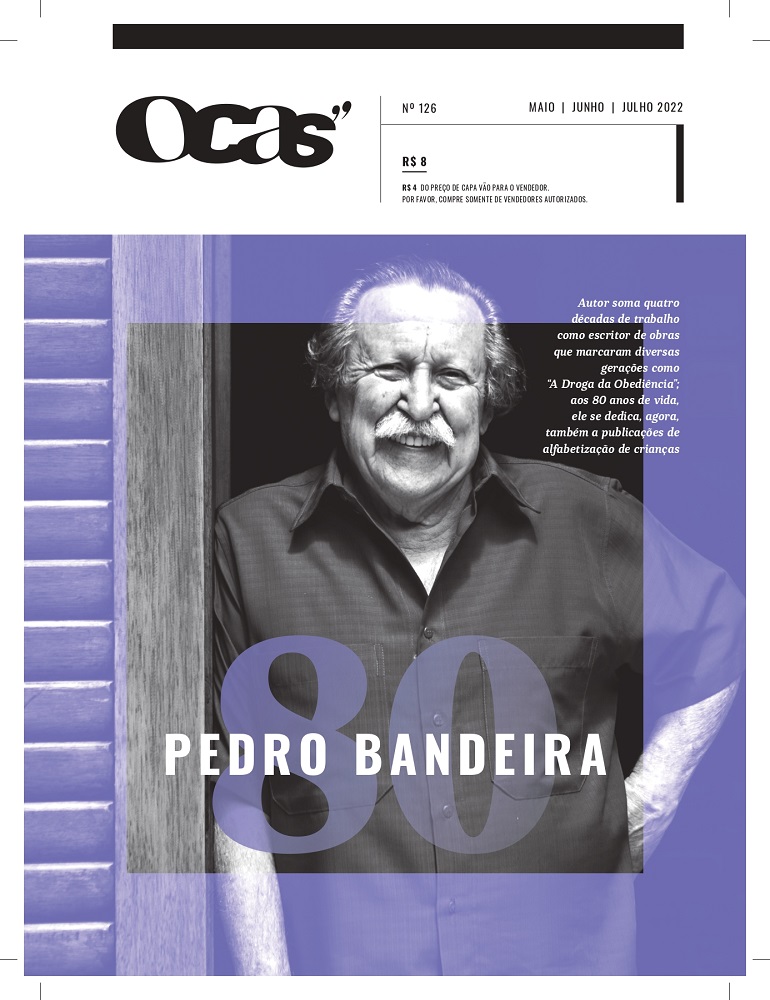
Ocas”, São Paulo, Brazil
São Paulo-based street paper Ocas” is celebrating its 20th anniversary this year. Over that time, it has been publishing cultural and social articles
“We have vendors who have lived in the city for a while and have been selling the magazine for ten years,” says Ocas” editor Alan Faria. “There are other who buy magazines to sell them in addition to other jobs to increase their income.
“The magazine is produced exclusively by volunteers (editors, journalists, photographers and designers), meeting virtually to decide what we are going to write about, though of course we have a physical place vendors can come to purchase copies to take out to sell.
“The main things we cover are cultural events such as exhibitions, with artist interviews, and social and political stories about LGBTQI+, homeless rights and racism.”
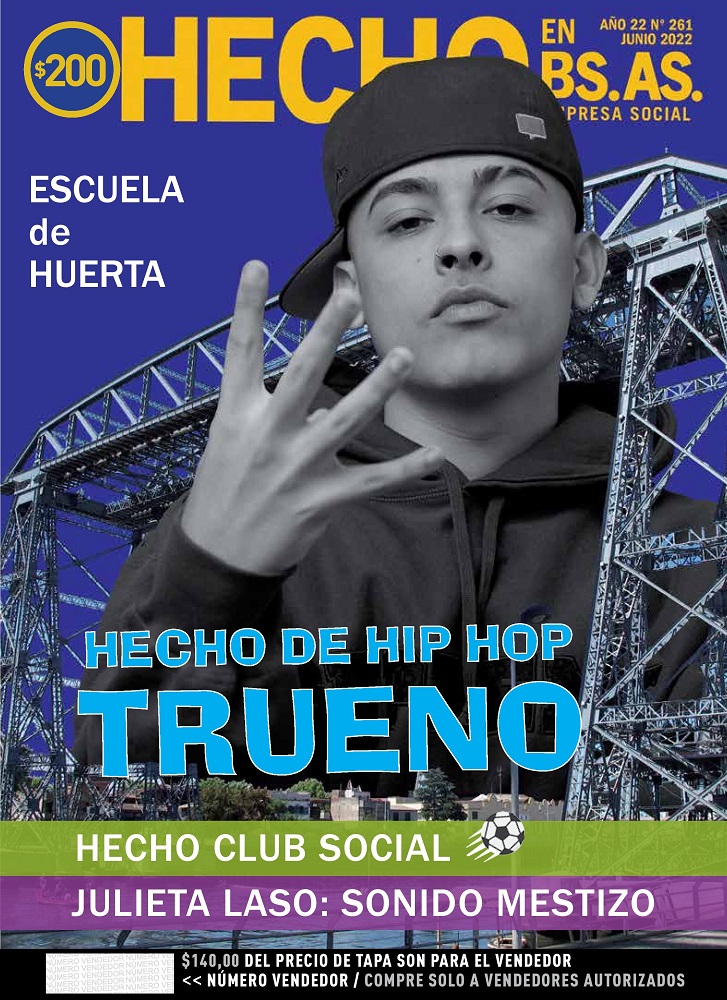
Hecho en Bs. As., Buenos Aires, Argentina
“Hecho en Bs. As. (HBA) is an independent magazine sold in the streets by homeless or jobless people,” says one of the paper’s editors, Micaela Ortelli. The project was founded in 2000 by Patricia Merkin, a long-time champion of street papers. Sadly, she passed away in 2020. The magazine has been at the forefront of producing journalism on environmental issues., with a focus on the community economy, human rights and culture too.
“HBA provides these people the opportunity to earn an income, as well as a learning environment and a context for social relations,” continues Ortelli. “Most of the vendors have been selling the paper for a long time. HBA is like a family to them.”




